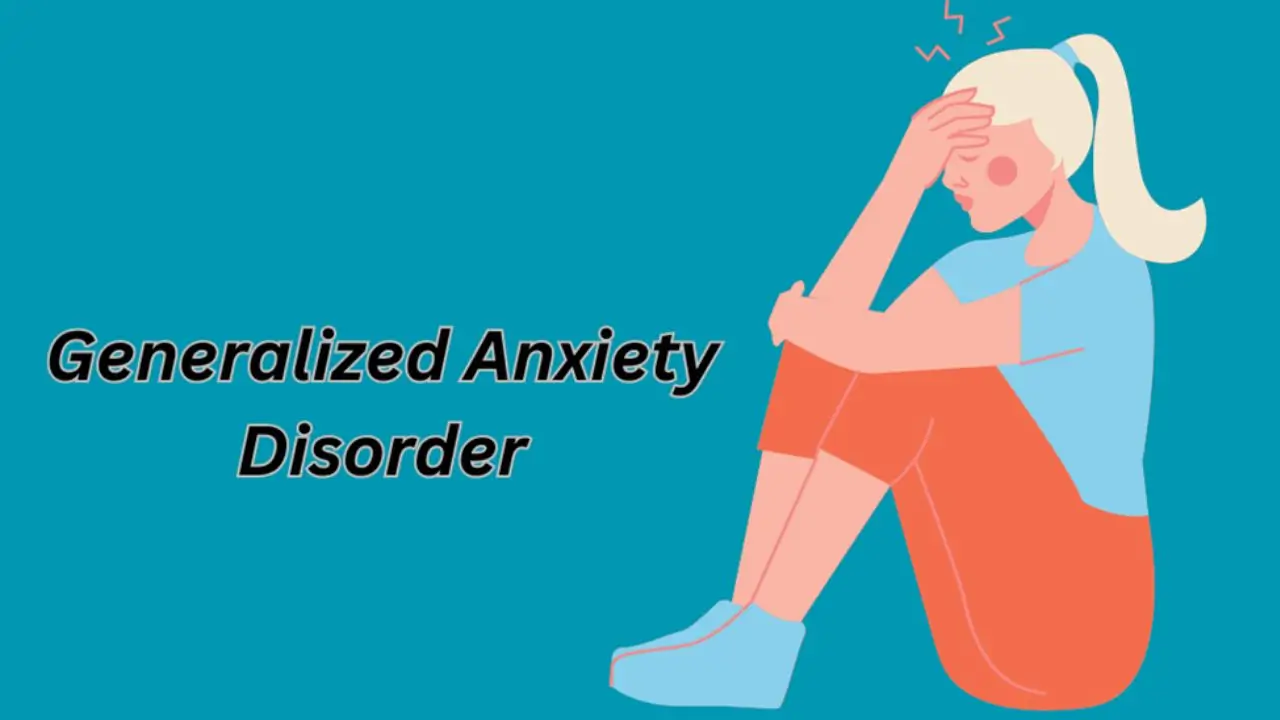Generalized anxiety disorder is a common mental illness characterized by excessive, ongoing worry that impairs a person’s ability to function normally. Most people worry about their health, work, money, or family from time to time, but people with GAD experience constant, excessive, and intrusive anxiety about these and other issues.
People with GAD do not have a single focused fear of a specific nature, as is the case with phobias, but rather their anxiety fluctuates from one thing to another on a regular basis. Generalized anxiety disorder can develop in either childhood or adulthood.
Often, a person with generalized anxiety disorder acknowledges that their fear is irrational or out of proportion to the situation, but they are unable to turn it off. Because the anxiety is not grounded in reality, addressing it with logic or assurance is not enough to reduce it.
Being able to live with generalized anxiety disorder (GAD) can be a long-term struggle. It is often associated with other anxiety disorders or mood disorders. Generalized anxiety disorder typically improves with psychotherapy or medication. Making lifestyle changes, developing coping skills, and practicing relaxation techniques can all help.
Contrary to popular belief, many people with GAD find that worrying is beneficial. Even though they usually realize it as magical thinking, people with GAD may believe that worrying prevents bad things from happening, which means if they stop worrying, their fears will come true.
Also Read: Best Mental Health App You Should Try in 2024
Symptoms of Generalized Anxiety Disorder
The symptoms of GAD, as defined by the Diagnostic and Statistical Manual of Mental Health Disorders (DSM-5), are:
- excessive worry and anxiety for at least six months.
- Worrying is difficult to control.
- For at least six months, anxiety has been linked to three or more of the symptoms listed below:
- Restlessness
- Being easily fatigued
- Muscle tension
- Irritability
- Sleep disturbance
- Difficulty in concentrating or mind going blank; irritability
- Symptoms cannot be more clearly explained by another mental disorder.
- Anxiety causes significant distress or impairment in social and occupational areas.
- The anxiety is not due to any physical cause.
Other signs of GAD include:
- Feeling weak or tired
- Nervousness or irritability
- Gastrointestinal (GI) problems
- Increased heart rate
- Sweating
- Hyperventilation (rapid breathing)
- Trembling
- Headaches and other unexplained pains
- Feeling a sense of impending danger, panic, or doom
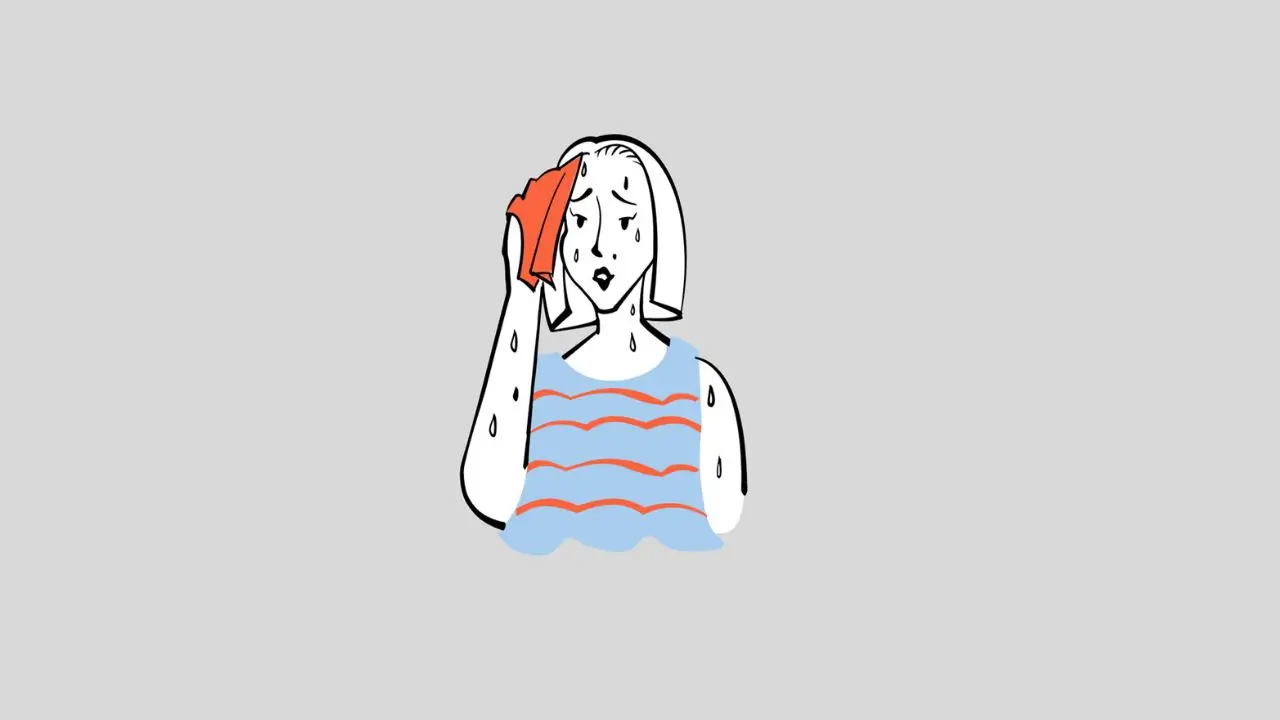
Sometimes the worries don’t completely consume you, but you still feel anxious for no apparent reason. For example, you may be extremely concerned about your own or your loved ones’ safety, or you may have a strong suspicion that something bad is about to happen.
Causes of GAD
Like many other mental health conditions, GAD is most likely caused by a complex interaction of factors both biological and environmental, which may include:
- Genetics
- Stress
- Physical conditions like diabetes or other comorbidities such as depression
- Development and personality
- Substance use disorder
- Differences in brain function and chemistry
- Environmental factors, for example, child abuse
- Differences in how threats are perceived.
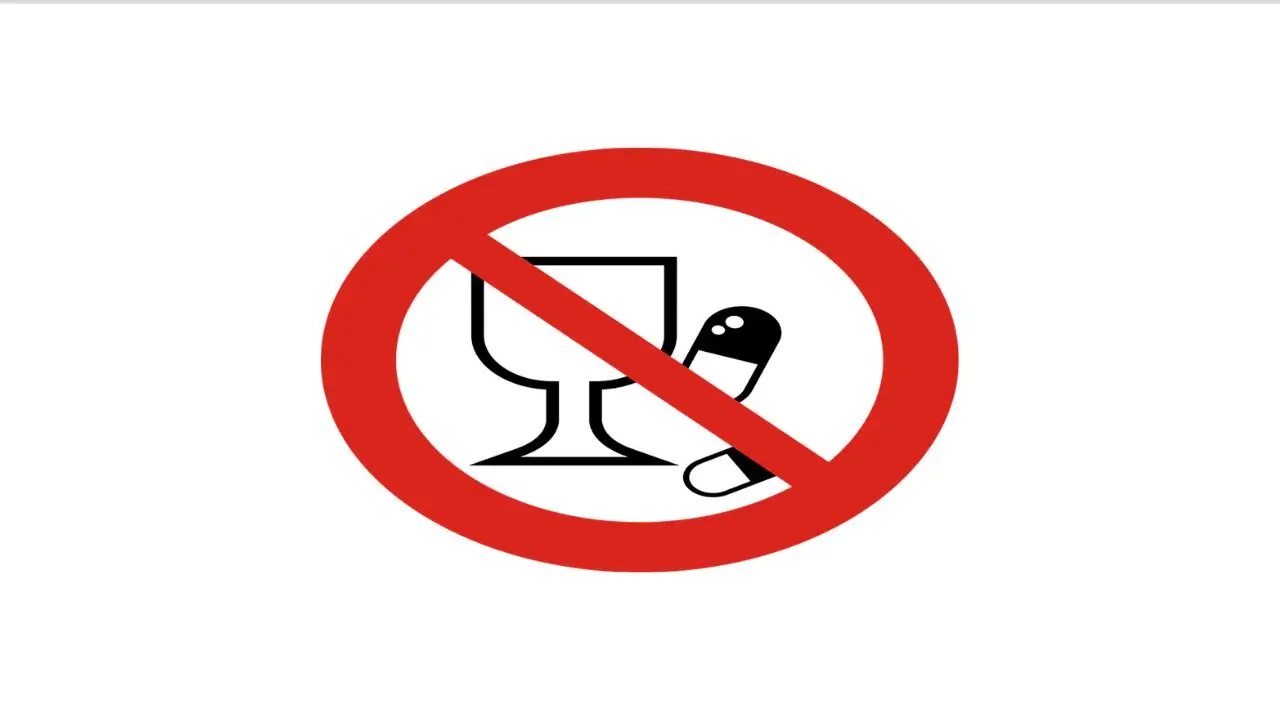
Risk factors
The following factors may raise the likelihood of developing generalized anxiety disorder:
- Personality: A person with a timid or negative temperament, or who avoids dangerous situations, might be more likely to develop generalized anxiety disorder than others.
- Age: GAD can occur at any age, but the risk is highest during childhood and middle age, with a median age of 30.
- Generalized anxiety disorder may be passed down through families.
- People suffering from generalized anxiety disorder may have had significant life changes, traumatic or adverse childhood events, or have recently experienced a traumatic or negative event. Chronic medical conditions or other mental health issues may heighten the risk.
- Female gender: Women are more likely to develop GAD as compared to men.
- Marital Status
- Poor health,
- Low education
- Presence of stressors
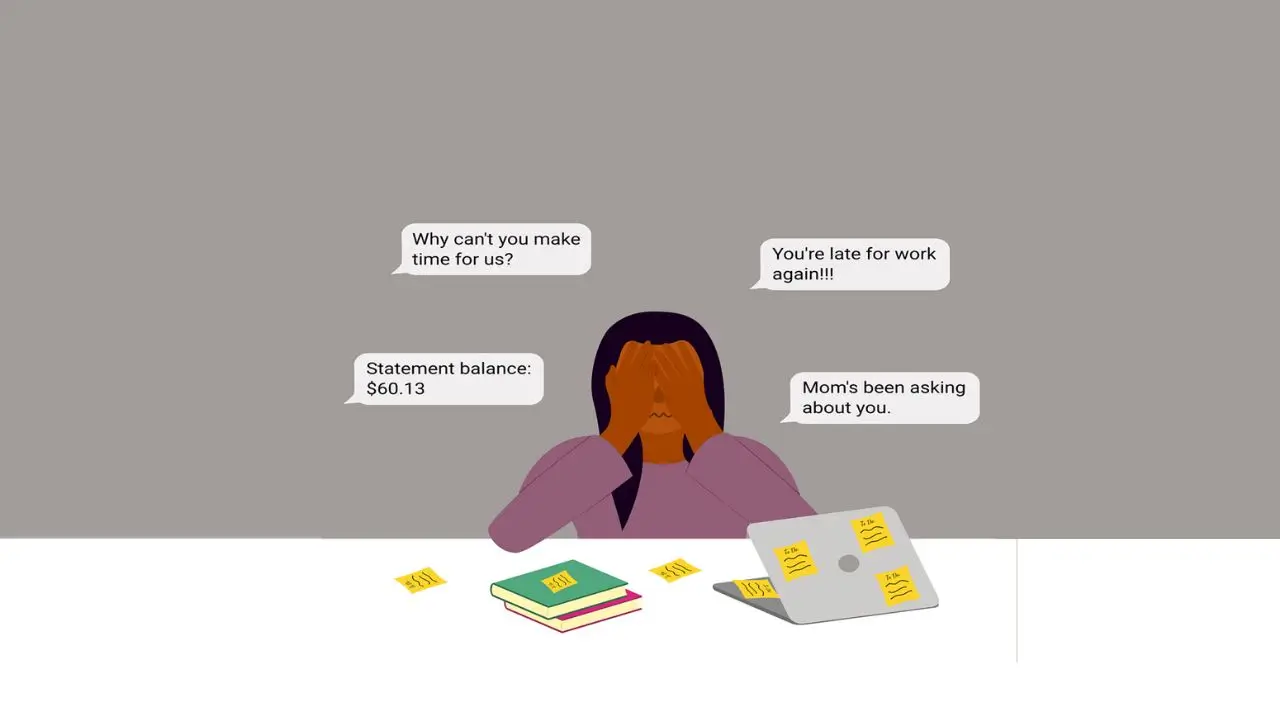
Difference between GAD and Normal Worry
| Normal Worry | Generalized Anxiety Disorder | |
| Does not interfere with daily tasks or responsibilities. | Significantly impairs functioning, including relationships, employment, and activities. | |
| You have the ability to control your worries. | You are unable to stop worrying. | |
| Worries are unpleasant but not particularly distressing. | Your concerns are extremely upsetting and cause significant distress. | |
| Your concerns are reasonable and focused on a few specific issues. | Your concerns cover a wide range of topics, and you have a tendency to focus on the worst-case scenarios. | |
| Your worries only last a short time. | You’ve been worrying nearly every day for the past six months. |
How do you know if someone has GAD?
The Diagnosis
A healthcare provider will conduct a physical examination and may order tests to ensure that no physical medical conditions or substances are causing your symptoms. These tests could include:
- Thyroid blood tests.
- A physical examination to look for signs that your anxiety may be associated with medications or an underlying medical condition.
- Psychological questionnaires can be used to help with diagnosis.
- The criteria listed in the DSM-5, published by the American Psychiatric Association,.
- Echocardiogram (heart test)
- Toxicology screen (drug test).
The Generalized Anxiety Disorder 7-Item (GAD-7) Questionnaire is a screening tool that can also be used to monitor patients with generalized anxiety disorder.
Generalized anxiety disorder can mimic other psychiatric disorders and vice versa. As well, GAD often occurs at the same time as other psychiatric disorders (this is called comorbidity). It’s important to get a comprehensive diagnosis in order to make a treatment plan that addresses your unique needs.
Also Read: Improving Sleep Quality Naturally: 10 Tips for Better Sleep
Treatment For Generalized Anxiety Disorder
When recommending treatment, your healthcare provider will take into account your overall health as well as other factors.
Treatment may include:
- Medicine
- Counseling (cognitive behavioral therapy, or psychotherapy)
- Working with a therapist to boost coping skills
- Relaxation techniques
- Making changes to your lifestyle to reduce stress and avoid stimulants.
- Seeking assistance in quitting smoking, drug, or alcohol use.
Psychotherapy for Generalized Anxiety Disorder
Psychotherapy is provided by a licensed mental health professional, typically a psychologist or psychiatrist. It can offer you and/or your family support, education, and guidance to improve your functioning and well-being.
Cognitive behavioral therapy (CBT) is commonly used by mental health professionals to treat generalized anxiety disorder. During CBT, your mental health professional assists you in becoming more aware of your thoughts and emotions. You’ll learn how your thoughts and overthinking can influence your actions.
CBT allows you to unlearn negative or anxious thoughts and behaviors while learning to develop more positive habits and ways of thinking.
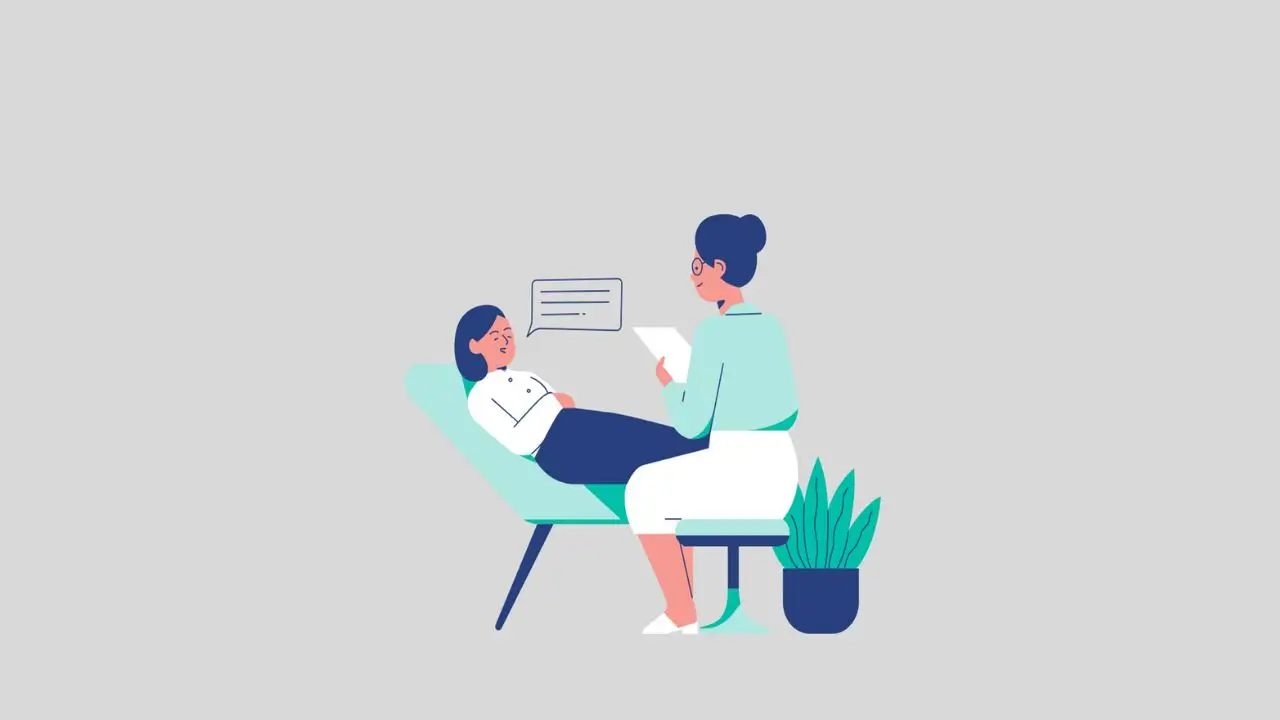
Treatment through medications
People who do not benefit from cognitive behavioral therapy may receive medication. Some patients suffering from severe symptoms are initially treated with both. There are several medications used for the treatment of generalized anxiety disorder.
Coping with GAD
If you’re diagnosed with generalized anxiety disorder, there are certain things you can do in order to manage the condition, in addition to getting medical treatment.
- Practicing a healthy lifestyle: When combined with medical treatment, making healthy choices in daily life, such as limiting the intake of caffeine and getting enough sleep, may assist with reducing anxiety symptoms.
- Stress management techniques: Exercise, mindfulness, and meditation are helpful stress management techniques that can help reduce anxiety symptoms and improve the effectiveness of psychotherapy.
- Keeping track of your personal life can assist you and your mental health professional in determining what is causing your stress and what appears to make you feel better.
- Avoiding substance use and alcohol: Using drugs and alcohol can worsen your anxiety symptoms and might interact with the medications you’re taking to treat them.
- Support groups: Joining a group with others who have had similar experiences and expressing your challenges and successes can help you feel less alone. It’s important to remember that any advice you get from a support group should be used with caution and should not replace treatment suggestions from your healthcare or mental health provider.
- Making genuine connections: Contact your friends. Having the genuine companionship and support of others can reduce anxiety.
- Learn how to self-soothe: When you are experiencing high levels of anxiety, engaging your senses may help you stay grounded. These senses include seeing, hearing, smelling, tasting, touching, and moving.
- Relaxation techniques: Relaxation techniques such as progressive muscle relaxation, deep breathing exercises, and meditation are all things you can practice. They are helpful in combating the physical reactions the body has to anxiety.

A Spirico Summary
Generalized anxiety disorder (GAD) is one of the most common anxiety disorders. It can affect both genders but is twice as common in women as in men. The symptoms of GAD can be managed through psychotherapy, medications, and other lifestyle changes.
If you or someone you know has been struggling with these symptoms, do not hesitate to talk to a mental health professional and seek help. Remember, you’re not alone in this. We, at Spirico, are always here for you!
